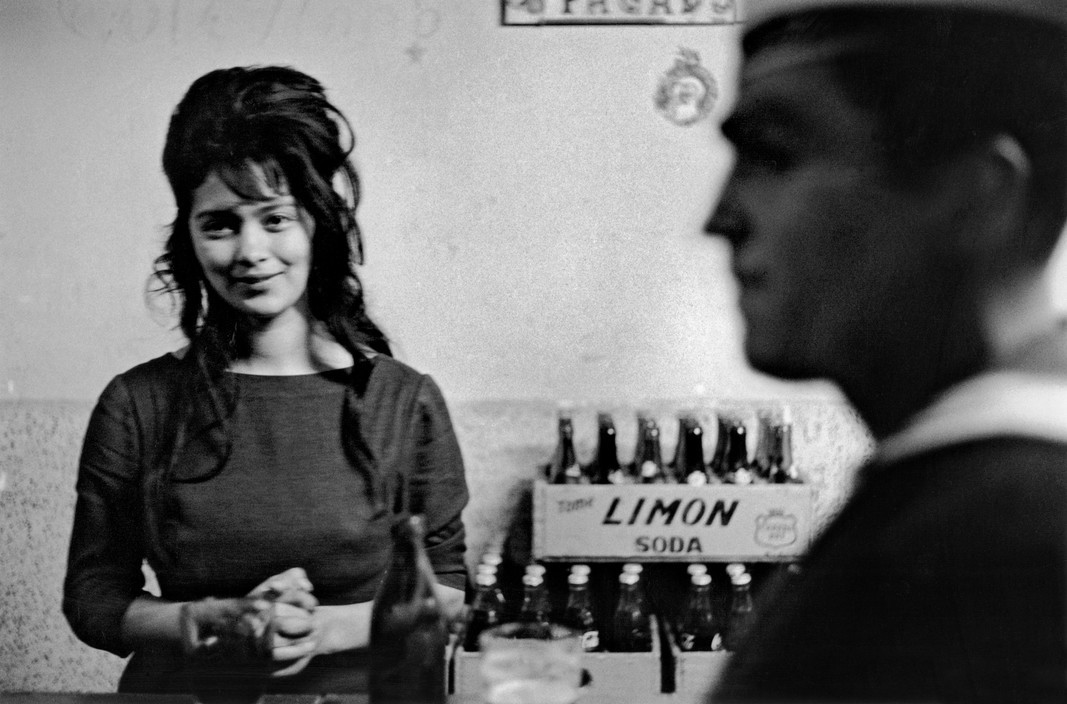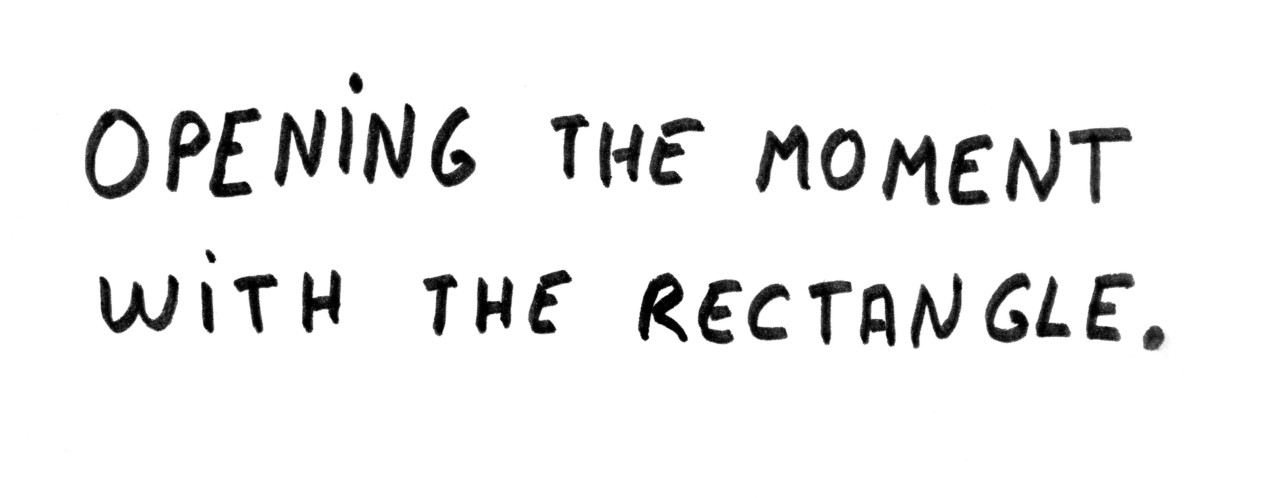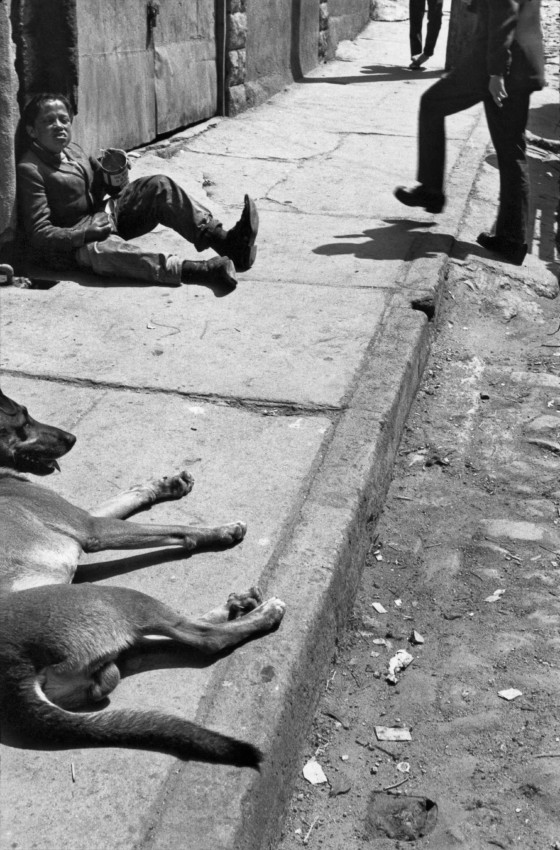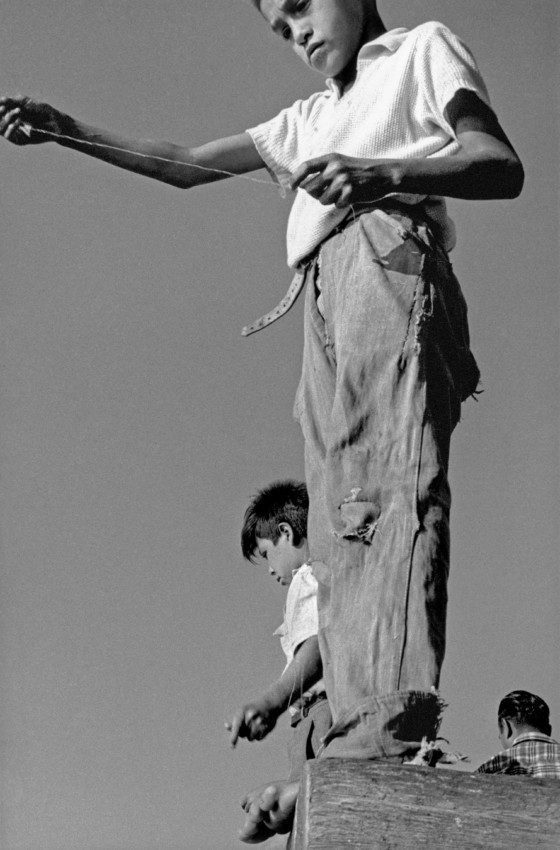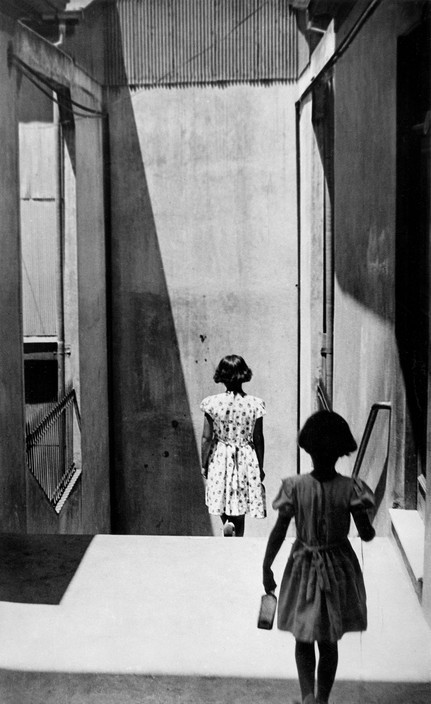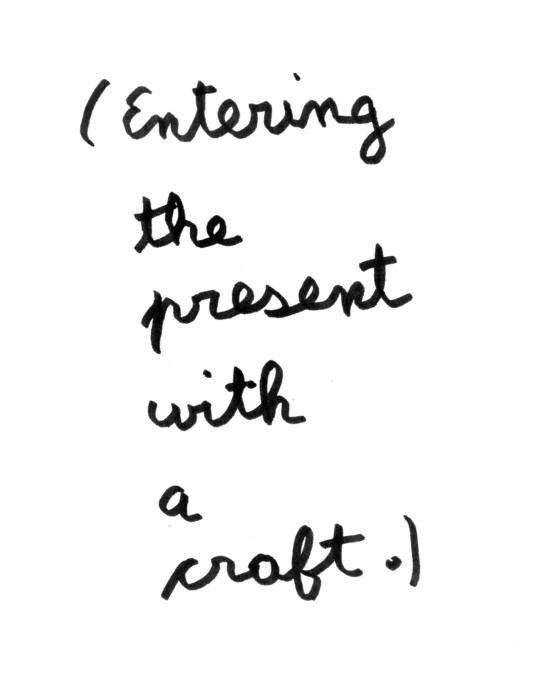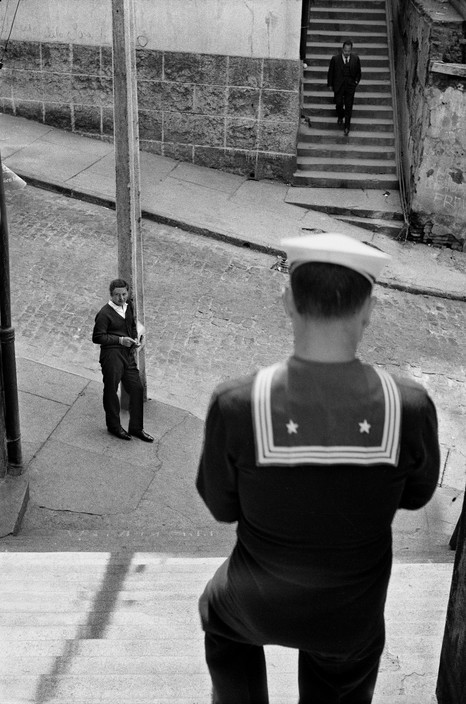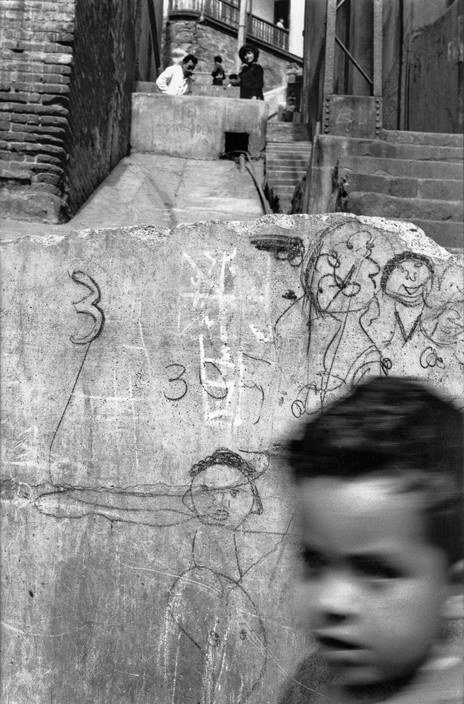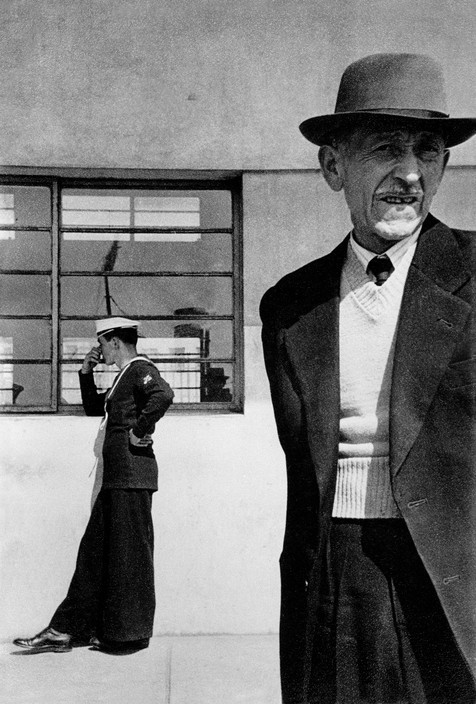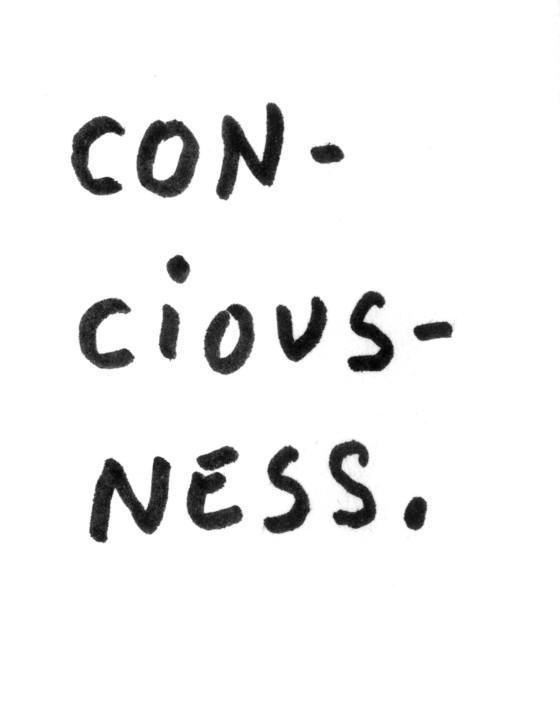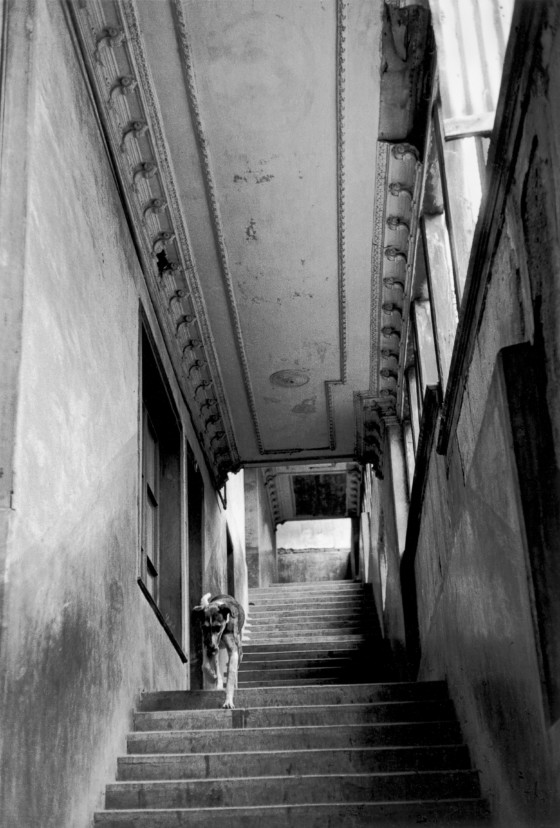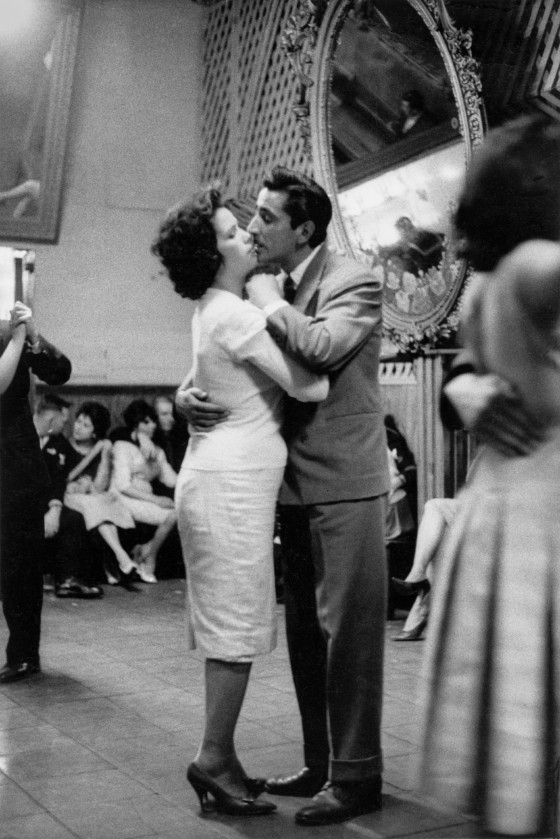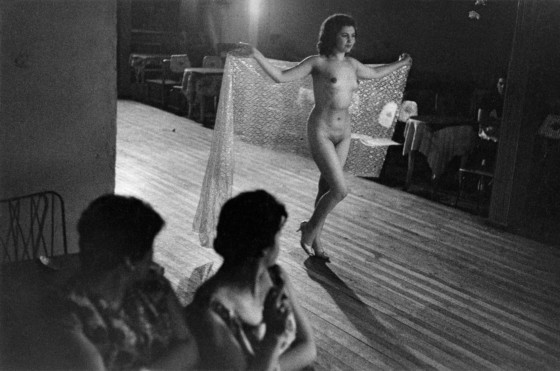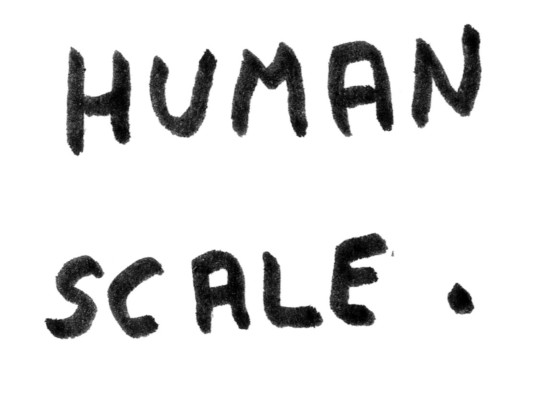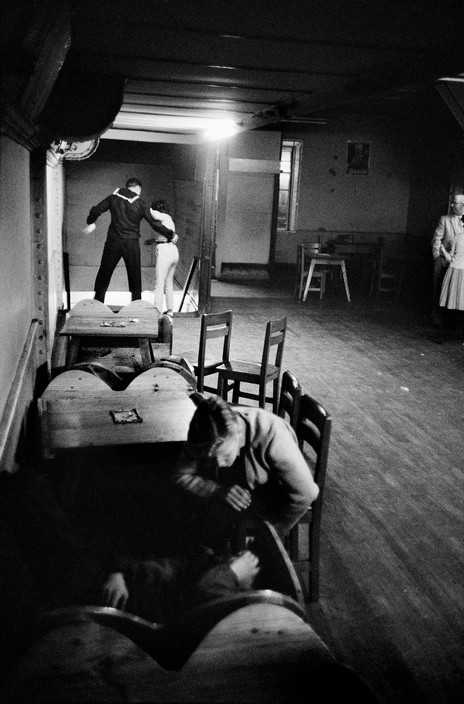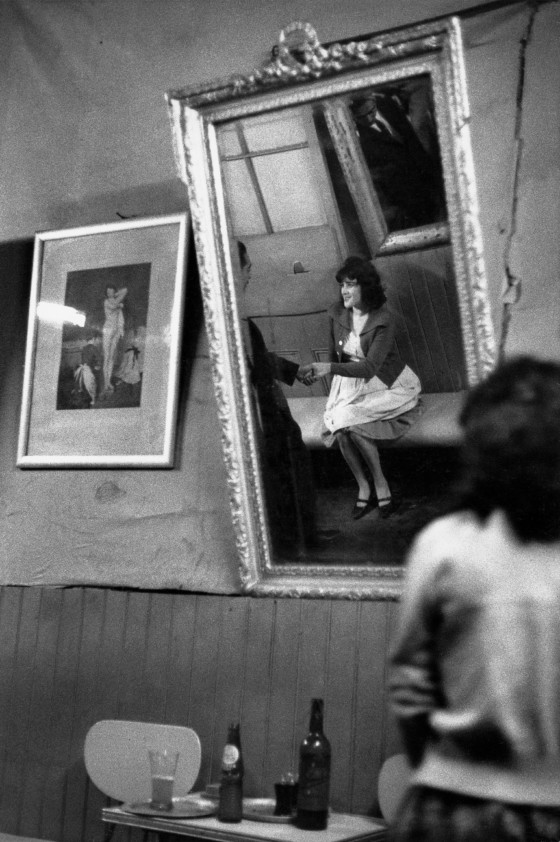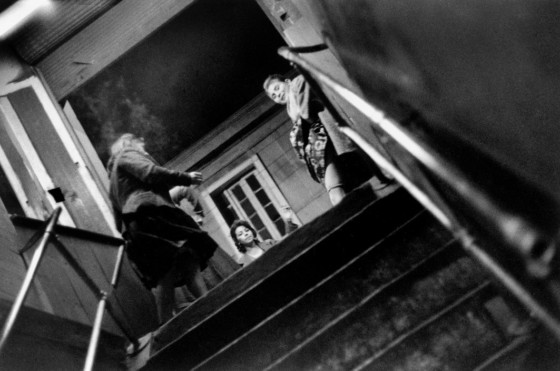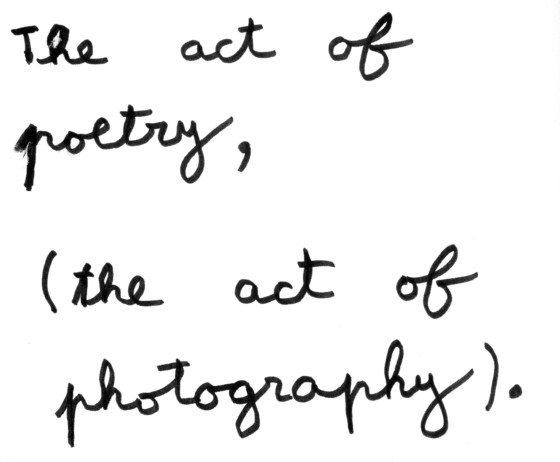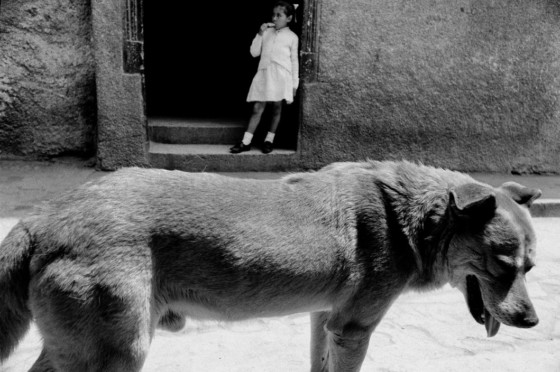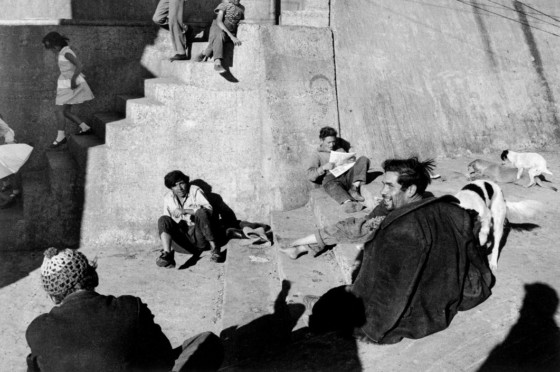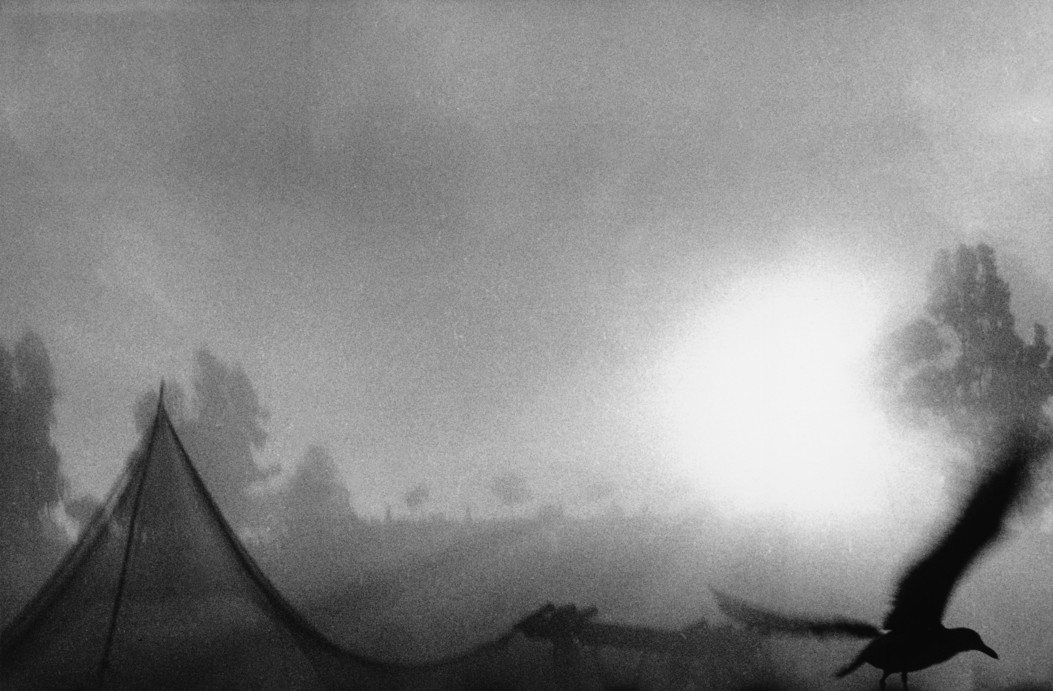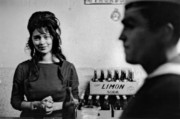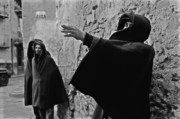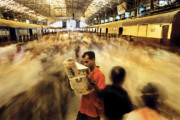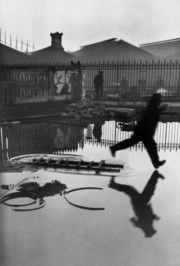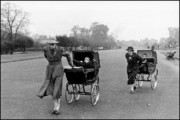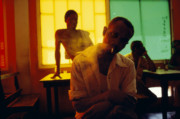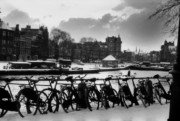Sergio Larrain: Valparaiso
The experimental Chilean photographer's iconic depictions of his homeland in the 1960s offer intimate insights into the artist’s inner life
Sergio Larrain may only have worked as a professional photographer for 10 years, but his signature approach – vertical frames, low angles, and an experimental approach with a humanistic documentarian’s instinct – has rendered him as an idol for photographers that followed him.
Originally from Santiago, the son of an architect, Sergio Larrain made the move to Europe with the help of a British Council bursary that allowed him to photograph cities throughout the U.K. The images he shot during this time, mainly of London, caught the attention of Henri Cartier-Bresson, who invited him to join Magnum. He did so as an associate in 1959 and became a full member in 1961. The Sixties would prove to be a time of singularly prolific photographic activity for Larrain.
“I met Sergio in London in 1958. We became close friends. If I were forced to suggest ten photographers that I found the most interesting from the history of photography he would be among the top of my list. He – perhaps also early Bruce Davidson – had a true feeling of poetry in his pictures. He constantly produced pictures that seemed to express the inexpressible.” said Magnum member David Hurn, who has five works by Larrain in his personal collection.
“Larrain was a very poetic photographer, and could turn almost nothing into an amazing photo. This is a very rare quality,” says Magnum president Martin Parr, who also owns Larrain prints.
Sergio Larrain published only four books in his lifetime, and Valparaíso (1991) is the most impactful of them all. He began photographing the famous Chilean port in the 1950s but it was not until 1963 that he spent more time there, this time in the company of the poet Pablo Neruda. The pair explored the bohemian lifestyle of the port-side neighborhoods, which then counted some one hundred brothels and cabarets. The ensuing text and photographs were published in the journal Du in 1966.
“Valparaiso is great body of work, starting as a magazine assignment and turning into a full personal project. He captures an atmosphere of the city which feels both personal and heightened,” continues Martin Parr.
A book of an extended edit of this work was published in 1993. In 2016 Parisian publisher Xavier Barral Editions released a new version of the classic tome, which includes more than 80 unpublished images taken between 1952 and 1992.
Through handwritten and typed notes, letters, and drawings published in the book, Larrain contemplates humanity, emotion, time, consciousness, cosmology, nature and evangelizes about the importance of yoga, all of which reveal the deep sensitivity that permeated his work. His affinity with Buddhist philosophy would eventually develop into a disengagement from photography in favour of a reclusive life of meditation. Valparaiso, however, offers an intimate insight into Larrain’s thoughts and meditations during the most intense period of his acclaimed photographic practice.


